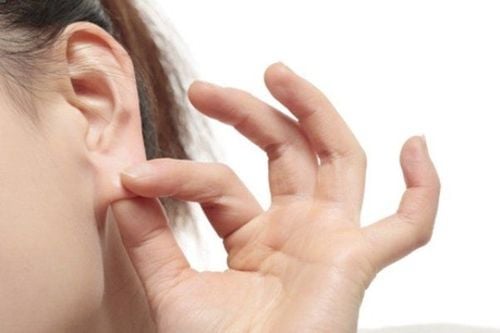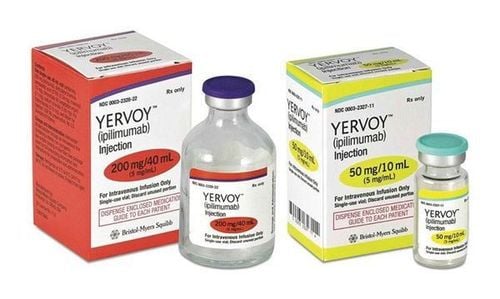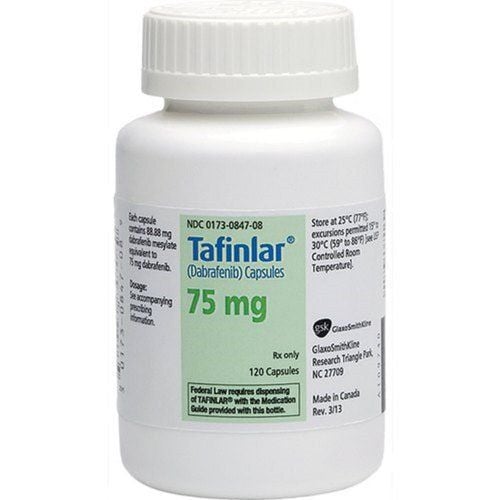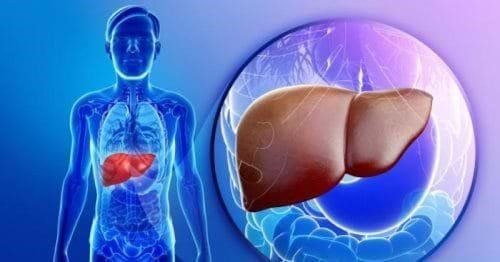This is an automatically translated article.
Epidermoid cysts or more commonly known as sebaceous cysts are one of the most common skin cysts. Methods of treating epidermoid cysts, sebaceous cysts need to be correct in order to bring positive effects to patients.
1. What is an Epidermoid Cyst?
Epidermoid cyst or commonly known as sebaceous cyst is a very common form of skin tumor. Epidermoid cysts can occur on any part of the body, but are most common on the face, head, neck, back, and genitals. Characteristically, small tumors, 0.6-5cm in size, develop under the skin. These tumors are slow-growing, have almost no symptoms, are painless, most are non-cancerous (however, in rare cases can give rise to skin cancer), and do not require treatment. . However, if an Epidermoid cyst is cosmetically compromised, ruptured, or infected, surgery may be needed to remove it.
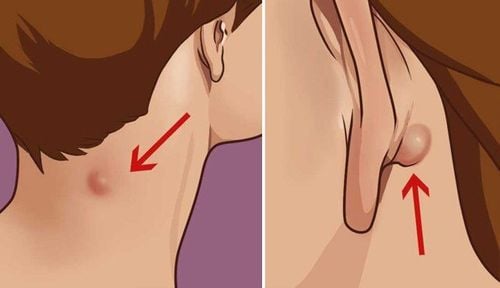
U nang Epidermoid thường xuất hiện vùng đầu, mặt và cổ
2. Symptoms of epidermoid cysts, sebaceous cysts
Symptoms of epidermoid cysts, sebaceous cysts are:
Round cysts or small bumps that look like a small bump, white, light brown to yellow, easily moved with fingers. Diameter about 0.6-5cm, filled with solids. The center of the cyst usually has a tiny blackhead. When a cyst becomes infected, the area of the cyst becomes swollen, red, and painful. When the cyst bursts, it releases a yellowish, foul-smelling fluid.
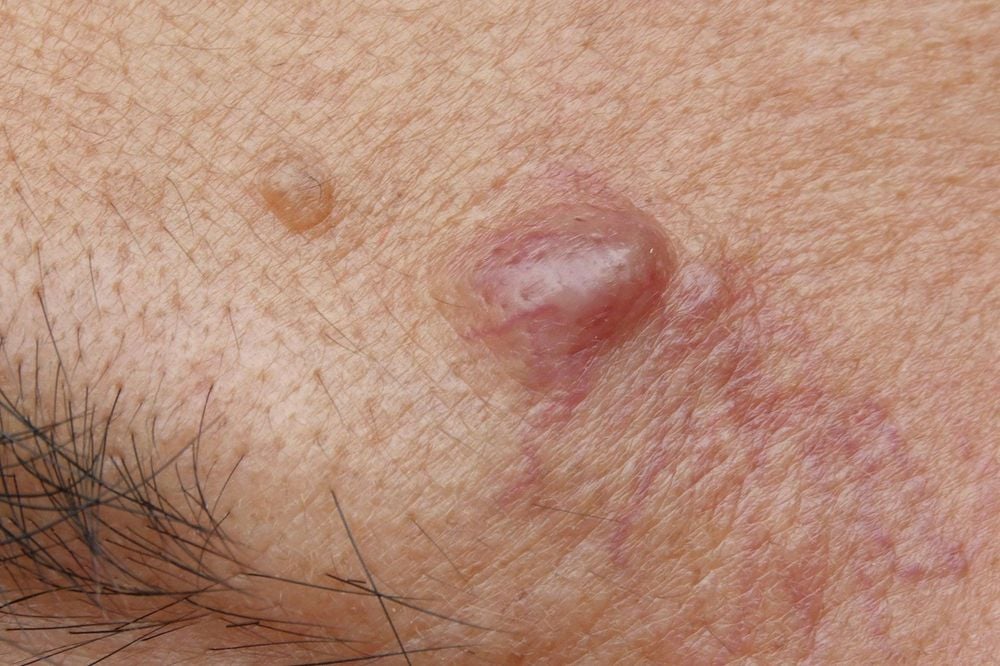
Hình ảnh U nang Epidermoid tại vị trí cung lông mày
3. Causes of epidermoid cysts, sebaceous cysts
Skin epidermal cells form a thin layer to protect the surface of the skin, after aging, these cells will degenerate, fall off and be replaced by other cells. Epidermoid cysts are formed when epidermal cells, instead of dying, move deep into the inner layers of the skin and multiply. This process usually occurs in areas with large sebaceous cysts, oil glands such as in the face, neck, back, groin...
Epidermal cells wrap around the cyst, then secrete keratin into the skin. inside. Keratin is a natural protein found in skin cells. Keratin is usually white like a pea, so it is sometimes called a pox.
Anyone can get an epidermoid cyst, but certain factors increase the risk:
Being in puberty: epidermoid cysts rarely appear before puberty. History of acne: Epidermoid cysts are very common in people with acne. People with frequent, unprotected sun exposure People with skin lesions increase the risk of epidermoid cysts. Men: More men have epidermoid cysts than women.
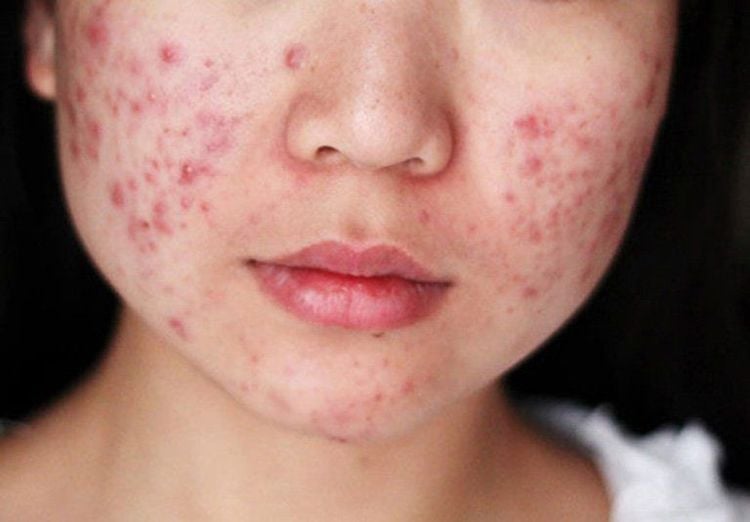
Người có tiền sử mụn trứng cá
4. Complications of epidermoid cysts, sebaceous cysts
Epidermoid cysts can cause basal cell and squamous cell skin cancers, however this is very rare. Therefore, epidermoid cysts usually do not need biopsy to diagnose cancer, unless the cyst has abnormal manifestations such as firmness, immobility, infection,...
Common complications of tumors Epidermoid cysts are inflammation causing swelling, pain, infection, ruptured cysts causing abscesses, genital cysts that can lead to genital discomfort, pain during intercourse and urination.
5. Treatment methods for epidermoid cysts, sebaceous cysts
Epidermoid cysts may not require treatment if the cyst is small, asymptomatic, and does not cause discomfort.
The treatment is given when, inflamed, ruptured cyst causes pain or grows large, affecting aesthetics. Surgery is performed when the cyst is not inflamed, because the cyst shell when inflamed is very fragile, difficult to completely remove the tumor, and it is easy to recur. When the tumor is inflamed, the doctor will prescribe antibiotics, anti-inflammatory pain relievers, treat until the inflammation is completely cured, then surgery. The surgical methods to remove cysts that the doctor can choose are:
Conventional incision technique: make a long incision with the size of the cyst, then remove the whole tumor, carefully manipulate to avoid breakage to reduce minimize recurrence and secondary inflammation. Minimal surgical technique: make a small incision about one-third the diameter of the cyst, then remove the cyst. The advantage of this technique is that it leaves a small scar, but the risk of the cyst is not completely removed, the possibility of recurrence is high. Elliptical excision: This technique is suitable for infected, ruptured or inflamed cysts that have scarred the surrounding tissue. This method has a high risk of leaving a bad scar, but it will help remove the entire cyst and surrounding affected tissue, minimizing the risk of remaining cyst wall causing recurrence. Carbon dioxide laser surgery: this is a modern technique to help evaporate the cyst, leaving little scarring.
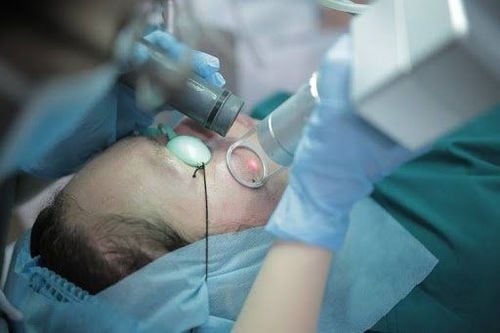
Phẫu thuật bằng laser carbon dioxide
When suffering from epidermoid cyst, the patient should not pressurize, self-heavy because the cyst can become infected, causing scarring. If a cyst grows and affects your health, see a doctor who gets the right treatment. Covering the skin when exposed to the sun, using sunscreen products and oily skin care cosmetics can somewhat limit the formation of epidermoid cysts.
To register for examination and treatment at Vinmec International General Hospital, you can contact Vinmec Health System nationwide, or register online HERE
SEE MORE
Cancer diagnosis measures Skin cancer The role of biopsies in the diagnosis of skin cancer "Miracle" returns the face to a person who has had 10 years of skin cancer




